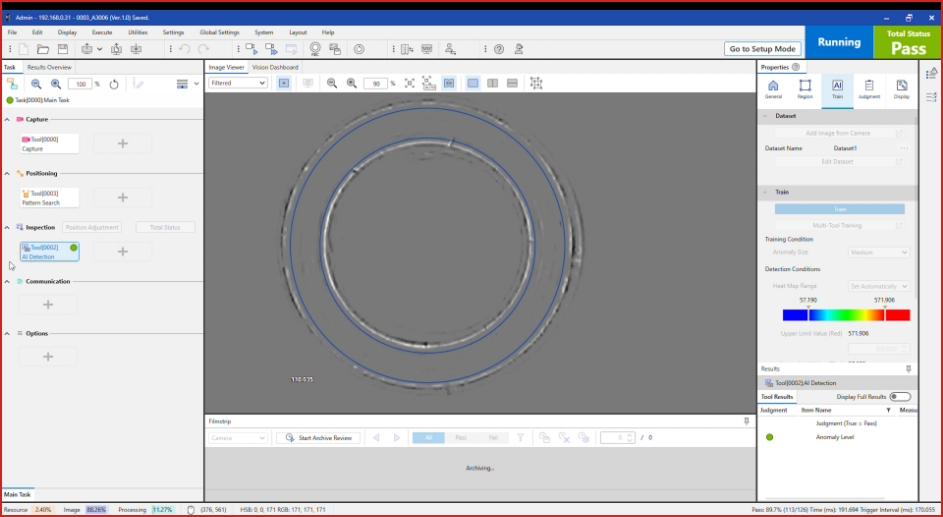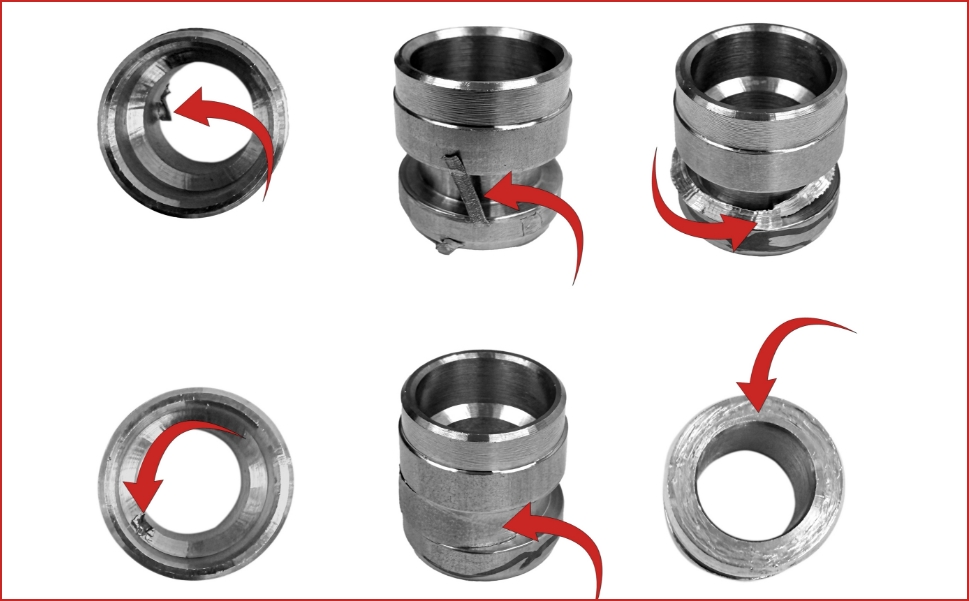Integrating Artificial Intelligence in Inspection
In the rapidly evolving world of manufacturing and industrial operations, Artificial Intelligence (AI) has emerged as a game-changer. By combining the power of AI with inspection processes, businesses are achieving unprecedented levels of quality assurance, precision, and adaptability. This article delves into the transformative impact of AI in inspection, highlighting its benefits, applications, challenges, and future potential.

The Evolution of Inspection with AI
Inspection has long been a cornerstone of quality control in industrial progress. From manual visual checks to automated systems, industries have leveraged inspection to ensure product quality and compliance. The integration of AI takes this evolution to the next level by enabling systems to learn, adapt, and make informed decisions in real-time.
AI-powered inspection goes beyond traditional methods, introducing cognitive capabilities such as pattern recognition, defect detection, and predictive analytics. These advancements empower industries to address complex challenges, reduce errors, and optimize quality assurance processes.
Benefits of AI in Inspection

1. Unparalleled Accuracy
AI leverages advanced algorithms to detect defects and inconsistencies that might be missed by human inspectors or conventional automated systems. This ensures higher accuracy and reduces the likelihood of defective products reaching customers.
2. Enhanced Efficiency
AI-driven inspection systems operate faster than manual methods, scanning products in real-time and significantly increasing throughput. This leads to reduced inspection times and improved productivity.
3. Improved Consistency
Unlike human inspectors, AI systems provide consistent performance without fatigue. This consistency ensures uniform quality across all inspected products.
4. Cost Savings
By identifying defects early in the production process, AI inspection systems help reduce waste and minimize rework costs, ultimately saving businesses money.
Applications of AI in Inspection

1. Visual Quality Control
AI-driven systems use computer vision to inspect products for defects such as cracks, discoloration, or dimensional inconsistencies. These systems are faster and more reliable than human inspectors, ensuring higher accuracy and consistency.
2. Dimensional Verification
AI systems measure and verify the dimensions of components with extreme precision, ensuring they meet design specifications.
3. Surface Defect Detection
AI-powered tools can detect surface anomalies like scratches, dents, or texture irregularities, improving the aesthetic and functional quality of products.
4. Predictive Maintenance for Inspection Equipment
Machine learning algorithms analyze equipment performance data to predict potential failures in inspection systems. By addressing issues before they lead to breakdowns, businesses can minimize downtime and maintain inspection accuracy.
Challenges and Considerations
While the benefits of AI in inspection are undeniable, implementing these technologies comes with challenges:
• High Initial Costs: The integration of AI inspection systems requires significant investment in technology, infrastructure, and training.
• Data Security: AI systems rely on vast amounts of data, making them vulnerable to cyber threats. Ensuring data security and integrity is paramount.
• Skill Gap: Managing and maintaining AI-driven inspection systems require specialized skills. Companies must invest in training their workforce to handle these advanced technologies.
• Integration with Existing Processes: Adapting AI inspection systems to work seamlessly with existing production lines can be challenging and may require customization.
The Future of AI in Inspection
The integration of AI in inspection is still in its early stages, but its potential is immense. Emerging trends include real-time defect detection in dynamic production environments, advanced machine learning models for predictive quality assurance, and integration with digital twins for comprehensive quality monitoring.
As AI technologies continue to evolve, they will play a pivotal role in shaping the future of quality assurance. Businesses that embrace these innovations will gain a competitive edge, driving growth and resilience in an increasingly quality-focused market.
Conclusion
The fusion of AI and inspection processes is revolutionizing quality assurance in manufacturing. By enhancing accuracy, efficiency, and consistency, AI empowers industries to meet the highest standards of product quality. As businesses navigate the complexities of implementation, the rewards of AI-driven inspection promise a brighter, more innovative future for industrial operations.
Sorsys Technologies offers cutting-edge AI inspection solutions to help businesses achieve superior quality control and operational efficiency. To learn more, visit us at sorsys.ca.